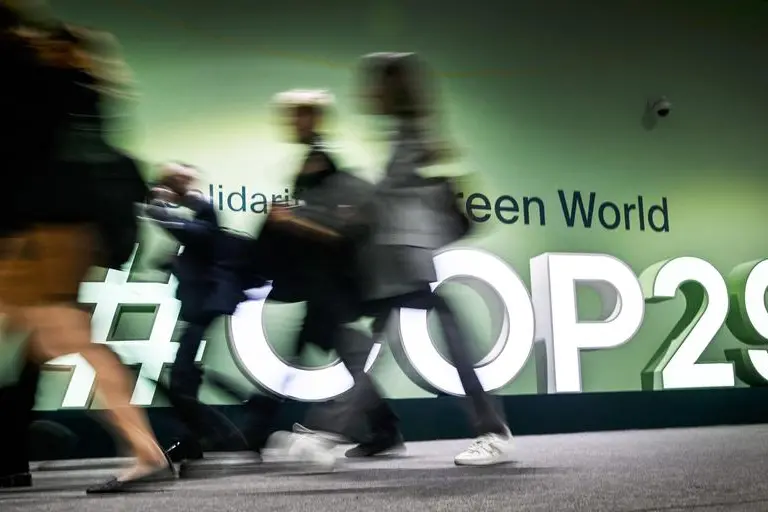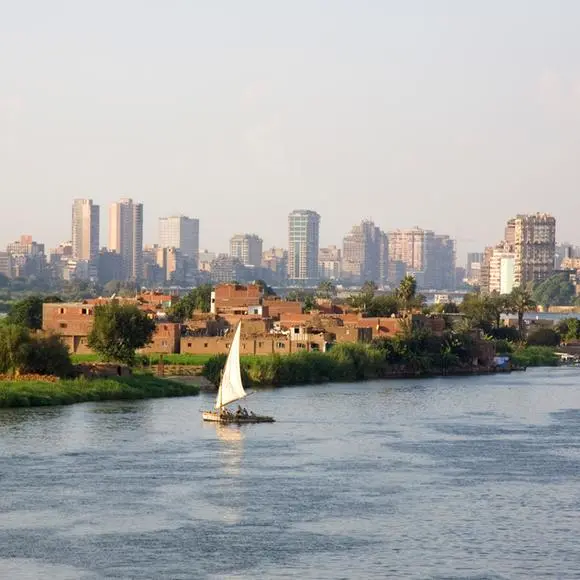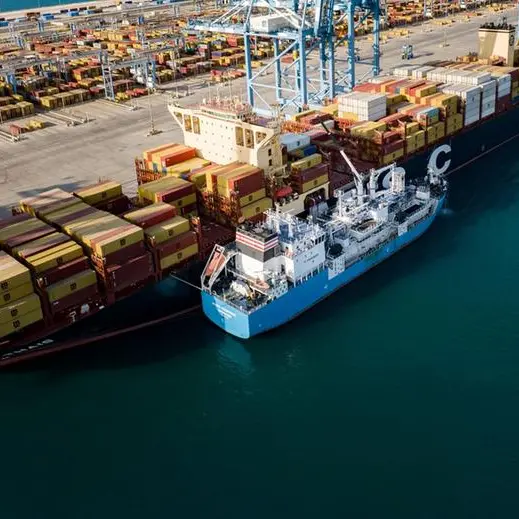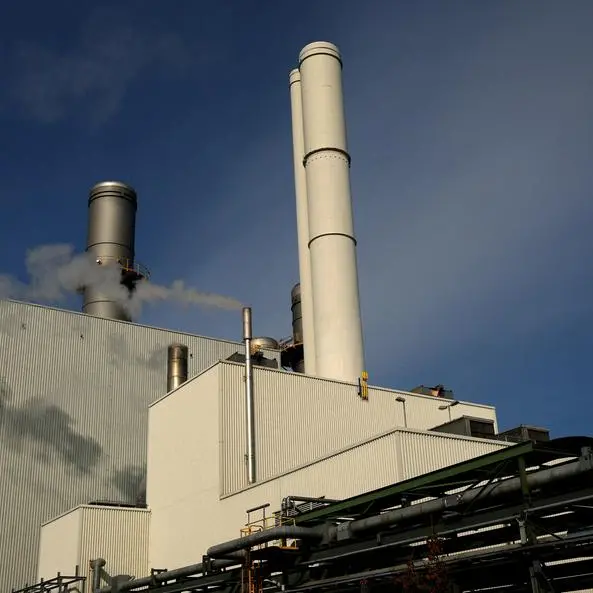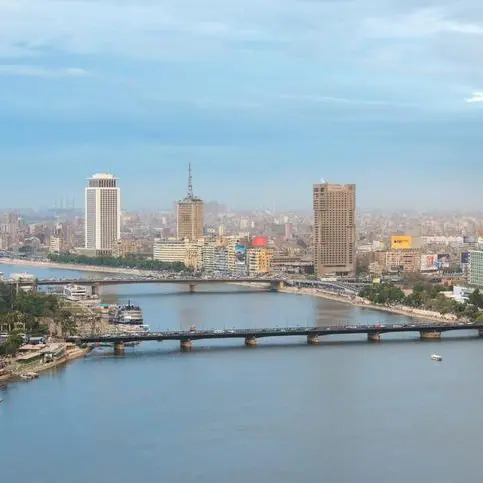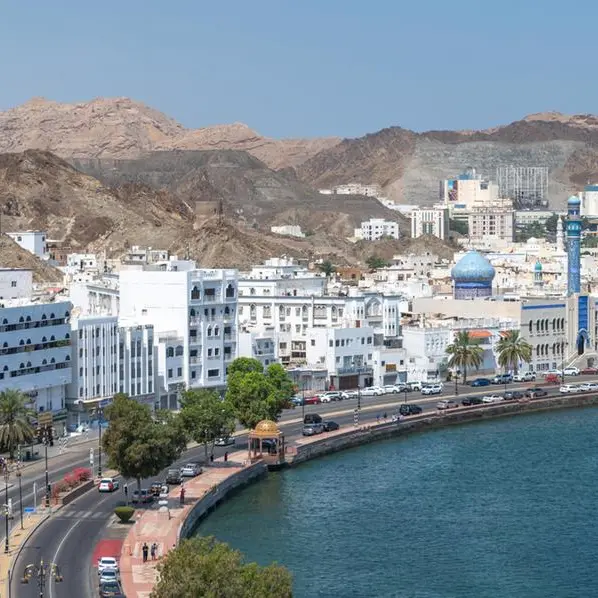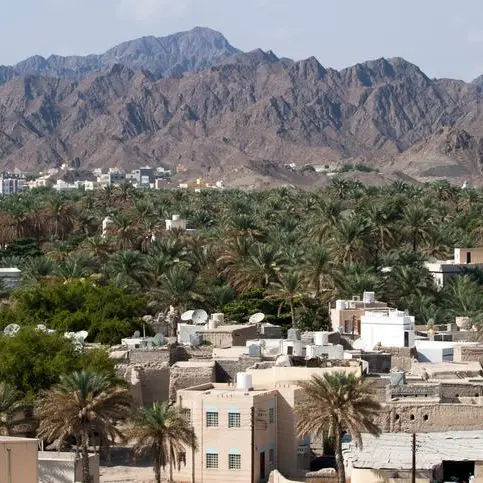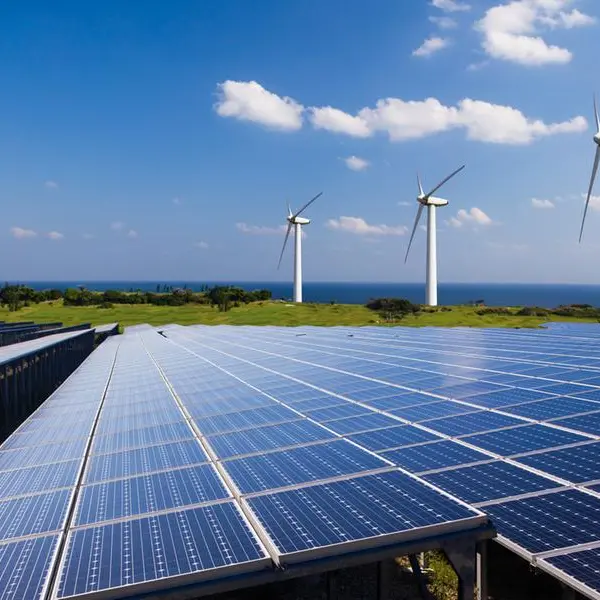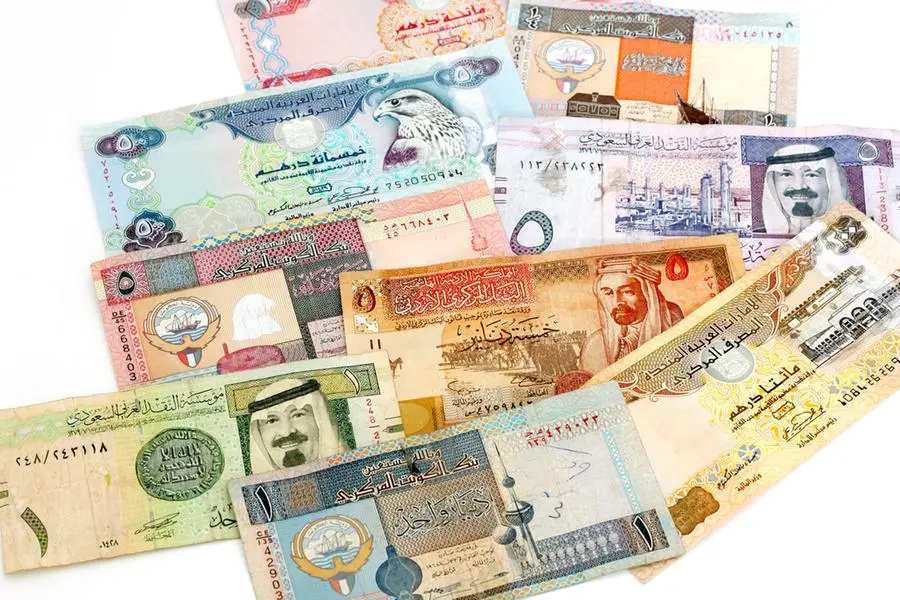PHOTO
People walk past the logotype at the venue for the 2024 United Nations Climate Change Conference (COP29) in Baku on November 11, 2024. The COP29 climate talks open on November 11 in Azerbaijan, under the long shadow cast by the re-election of Donald Trump, who has pledged to row back on the United States' carbon-cutting commitments. (Photo by Alexander NEMENOV / AFP) Image used for illustraative purpose.
Three years after it was first announced at the United Nations COP26 climate conference in Glasgow, a significant new ESG borrower backed by 15 rich countries including the US, Japan and the UK, has finally emerged at COP29 in Baku, Azerbaijan.
Rated AA+ by Fitch and Aa1 by Moody’s, the Climate Investment Funds Capital Markets Mechanism will employ a frontloading mechanism like the high profile International Finance Facility for Immunisation.
Other entities, including a mine action initiative and the Red Cross/Red Crescent movement, are also investigating IFFIm-style frontloading vehicles.
CCMM – as it is known – is an offshoot of the Climate Investment Funds. CIF is a group of World Bank-managed trust funds founded in 2008 that operates in over 80 emerging markets and developing countries.
It will be the first platform to enable fundraising for multiple multilateral development banks. Six MDBs – the African Development Bank, Asian Development Bank, European Bank for Reconstruction and Development and Inter-American Development, plus the World Bank and its private-sector lender, the International Finance Corp – are its “implementing entities”, meaning they will distribute proceeds from its issuance in the form of equity, debt, mezzanine finance, guarantees and other instruments.
It will also rank as the MDB sector’s first green pure play capital markets issuer. It will enable CIF’s Clean Technology Fund to commit US$500m a year for a decade to clean technology projects in low and middle-income countries. CTF's focus areas will include renewable energy, energy efficiency, sustainable transport and green industry.
“CCMM will mobilise private capital at scale and direct it to high-impact clean energy and clean technology investments,” said Tariye Gbadegesin, CEO at CIF, in a statement.
“This innovative mechanism will mobilise billions more in climate finance – which is crucial for accelerating the global clean energy transition and supporting developing countries as they adapt to a changing climate,” said Ed Miliband, UK secretary of state for energy security and net zero, in the same statement.
Reflows
Like IFFIm, CCMM will use the World Bank as treasury manager for its borrowing and liquidity management.
Bank of America, BNP Paribas, HSBC and TD Securities have been appointed as lead managers for CCMM’s inaugural bond, which will be offered under a programme newly listed on the London Stock Exchange (the LSE’s parent also owns IFR).
With the exception of BNPP, the same group of banks led IFFIm’s successful US$1bn bond last month – its first of this size since its inaugural issue in 2006.
Although CCMM issues were earlier termed green bonds by its sovereign backers, it is unclear if they will carry a formal ESG label.
CCMM had been expected to begin issuance late last year. But it received US support for a launch this year at COP28 in Dubai last December, when vice-president Kamala Harris also announced a new US$568m loan to the CTF.
Unlike IFFIm, which frontloads some US$10bn in long-term grants from its 11 sovereign backers to fund vaccination programmes in developing countries, CCMM will borrow against “reflows” from loans made by CTF in middle-income countries.
Overall, CIF’s 15 sovereign backers have contributed US$12bn in “realised and unrealised” amounts.
In 2017, the African Development Bank estimated that reflows from CTF funding to that point were US$5.6bn. A current value could not be confirmed immediately.
Given the size of this resource, poorer countries have long called for it to support the Paris Agreement commitment for developed countries to provide US$100bn a year in EM climate finance. “We urge [developed countries] to authorise the use of reflows to enhance financing from the Clean Technology Funds,” the G24 grouping’s October 2017 communique said.
AfDB reinforced the call a month later and paved the way for CCMM by suggesting “leveraging these reflows with the support of private sector individual and institutional investors”. The MDB described this as “a unique opportunity to ensure a highly efficient use of limited public resources” that would involve no additional cost for donor countries.
Source: IFR
